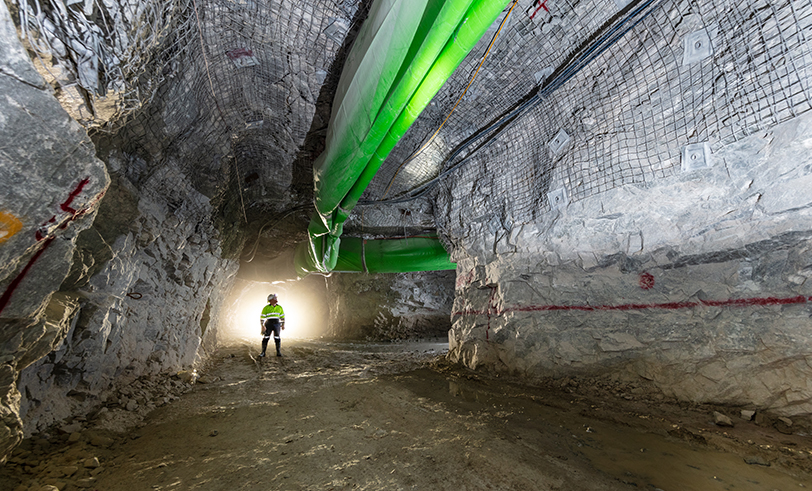Many HR teams at mid-tier mining companies are grappling with the same challenge: managing talent acquisition across diverse locations and divisions with unique hiring needs, while striving for efficient hiring outcomes.
Instead of having a centralised HR department responsible for all recruitment activities, often miners will have independent talent acquisition teams at different sites or divisions.
The reasoning behind it? Each location has its own hiring nuances and needs to be agile and autonomous for those unique hiring needs.
However, decentralisation can become a double-edged sword. Siloed talent teams often struggle to deliver the results the company wants or needs.
In this article, we look at why and what to do about it.
Siloed talent acquisition teams
When mid-tier miners come to us with talent acquisition headaches, often the problems are exactly the same: Limited access to a diverse talent pool, poor communication between teams, a lack of consistent reporting and data collection, and inconsistencies in recruitment processes.
“What happens is there are unique challenges in each jurisdiction. Whether it be compliance or qualification requirements, visa applications, and all these different factors that allow them to create their own way of doing things, which doesn’t necessarily deliver the right talent acquisition outcomes for the business,” says Justin Campbell, Head of Projects for Globe 24-7.
“When we’re called in to help, the teams are struggling to make placements. The HR teams are under massive pressure from maintenance and production line managers and it’s becoming critical to keeping operations running,” explains Justin.
Standardisation goes out the window
While there might have been some standard processes established at some point, over time the decentralised arrangement leads to inconsistencies in recruitment processes, criteria, and candidate evaluation methods across different teams or locations.
“Then, what we see a lot, is they start using contractors to fill the gap, which is really expensive. So they might be filling in the gap with staff from high-cost contracting providers and that’s when it starts to become an issue for the business,” explains Justin.
Little visibility of hiring metrics
Tracking and analysing recruitment metrics, such as time-to-fill, cost-per-hire, and quality of hire, can be challenging across decentralised teams.
“Some of the miners that we help with recruitment process outsourcing come to us with no visibility over hiring metrics or proper reporting. So, they have no idea of how to solve the problem. They are literally working off a whiteboard in the HR department,” says Justin.
A lack of consistent reporting and data collection can make it difficult for the company to evaluate the effectiveness of its recruitment efforts and make informed decisions.
“It’s really a capacity issue for most businesses. They just don’t have the bandwidth to streamline their processes and get the level of visibility they need,” says Justin.
“We get the right processes set up and show them best practices in those areas.”
Difficulty leveraging technology
“The issues we see from many miners aren’t unique. It’s common to see companies that don’t have consistency around applicant tracking systems (ATS) use and don’t run training around it,” says Justin, who oversees large mining RPO delivery globally.
It becomes complicated when multiple isolated teams are involved. Teams underutilise the technology and don’t efficiently manage candidate data and workflows.
“Even just down to processes like forms and templates,” explains Justin.
“They might have a competency framework around interviews that they want us to stick to and that might be driven by the corporate team. However, they may not have any interview guides built around the competency framework. So, if necessary, we start from there—find that information, and build out interview templates.”
“Then we build out scorecards, long- and short-list templates, and build out live Power BI dashboards for monthly reporting.”
This company-wide systems approach helps disparate teams align and provides brand consistency across divisions. It means that when candidates apply for roles or interact with the brand in different locations, they have the same consistent brand experience.
Flexibility versus consistency
While decentralisation may offer some flexibility and autonomy to local teams, the lack of coordination and standardisation can outweigh these benefits. In our experience, centralised talent acquisition functions are far better for mid-tier miners.

